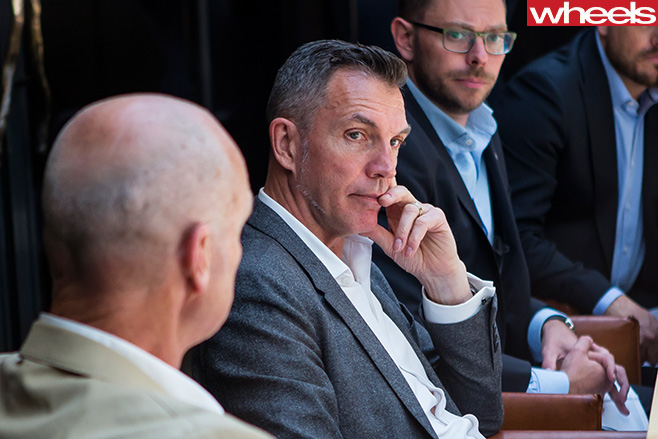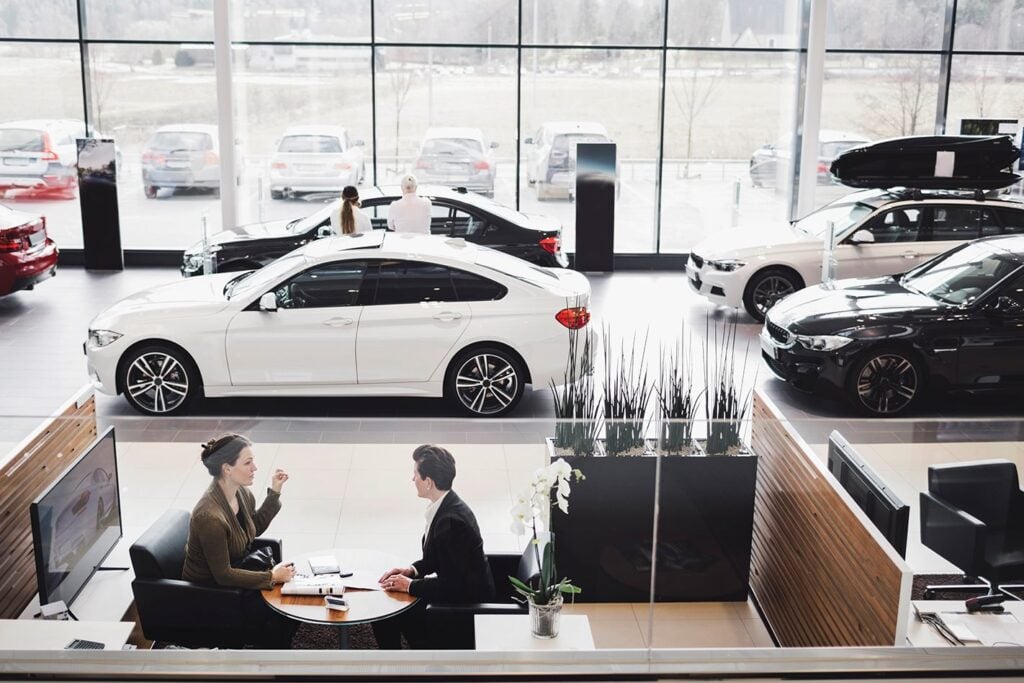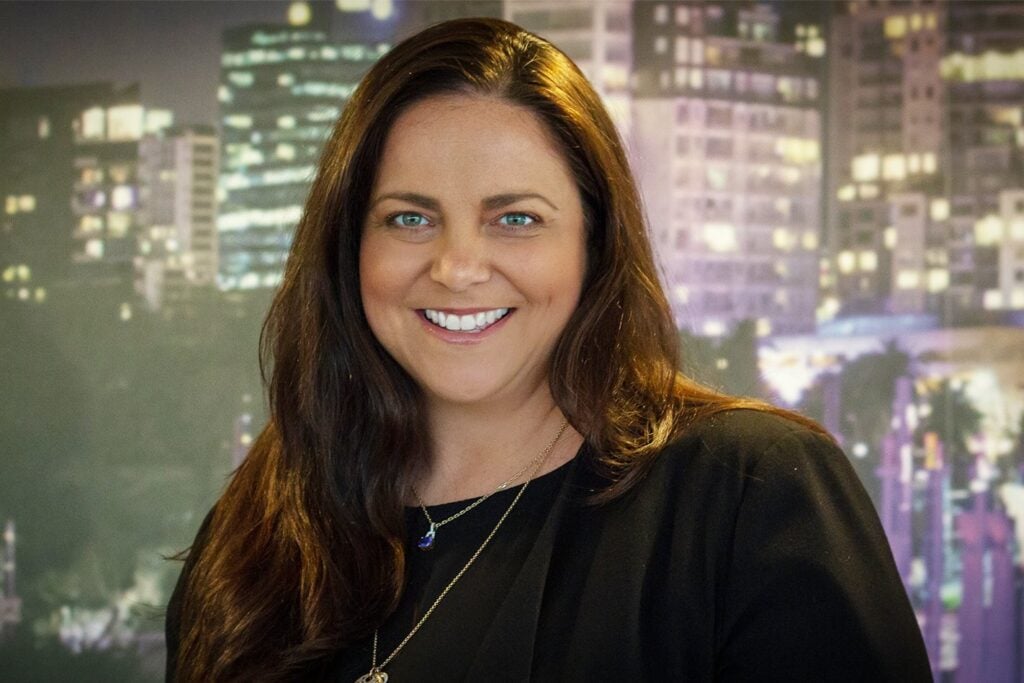The newly appointed world head of GM design, Australian Mike Simcoe, talks about the challenges of his new role in the face of a fast-moving automotive landscape.
WHEN a teenaged Mike Simcoe was looking up at a poster of a Holden Monaro stuck to his bedroom wall, he never imagined that one day he could head up the design arm at one of the largest carmakers in the world.
Hell, push him, and he admits that even a year ago the possibility of such an achievement wasn’t even on the radar.
How things can change. On May 1, as the next step of a career that started with Holden and has already spanned 33 years, the current Korea and Australia-based vice-president of GM International Design will take on one of the most coveted automotive design roles in the world: vice-president of General Motors Global Design, in Detroit, the hub of the American car industry.

He takes over 10 global studios, each with their differing personalities, from another GM veteran, the retiring Ed Welburn, under whose 44-year reign GM’s fractured design studios scattered throughout the world were consolidated with a common, global focus.
Speaking with Australian media this morning in the wake of the announcement, Simcoe said his work would continue to build on Welburn’s, in a time of rapidly changing technology and mobility in the automotive industry.
Simcoe said he learned about GM’s decision to give him the top job only on Tuesday, and he was still “reeling” from the news.
“It’s an incredible role, of course, and it leaves a legacy of incredible design, and frankly for me a level of mentorship and teaching at the time when I was in the ‘States and working directly under him [Welburn],” he said.
“I’m clearly a different character, and I guess I have my views on how I need to make the role work for me, but I see mostly that I will be taking on the role of consolidating what exists, but perhaps … enabling the design community to move into what is going to be a pretty hectic and a pretty big level of change that the industry is going to go through.”

“Obviously the design community needs to react to that, and I guess that’s where I see my role.”
Simcoe says one of his strengths is bringing a global view to GM’s future design efforts.
“Ed [Welburn] introduced design in the global studios to a level of collaboration they’d never experienced before, and I need to keep that going,” he says.
“I have a slightly different spin on that because I’m a non-American who has worked at GM for my whole career, 33 years, but largely on the outside of North America.
“I think one of the things that perhaps makes me apt for the role is that I do have a global view. I’ve been involved in the creation of the studios in South Korea, basically building them up with a new building and bringing that diverse team back into the global GM design mix, and at the same time sustaining a mature team back here down in Australia that was able to mentor the region as well as deliver product back into North America.”

“My role, being Australian, I guess it means that they’re close to my heart. I grew up here, and it’s pretty special to me, and in some ways that’s why I’ve tried to protect it through the reinvention, I suppose, that Holden is going through at the moment.
“But the Holden entity is part of a global organisation, and they [GM] remain a powerful organisation because of the capacity of the team here and the work they do.” Simcoe is confident that GM is well placed to meet its future challenges.
“GM as a whole, I think, is well placed, and you’ve seen where we’ve been going with partnerships and acquisitions in the new areas of the industry,” he said.
“Clearly GM wants to be a mobility company, a mobility provider, so we’re moving into the non-traditional … from a design perspective that means [we] work with new technologies, working out how to enhance the customer experience in the vehicle using those, and frankly, looking at different types of vehicles, things that we’ve perhaps not seen on our roads before.
“That’s a fairly exciting prospect.”





